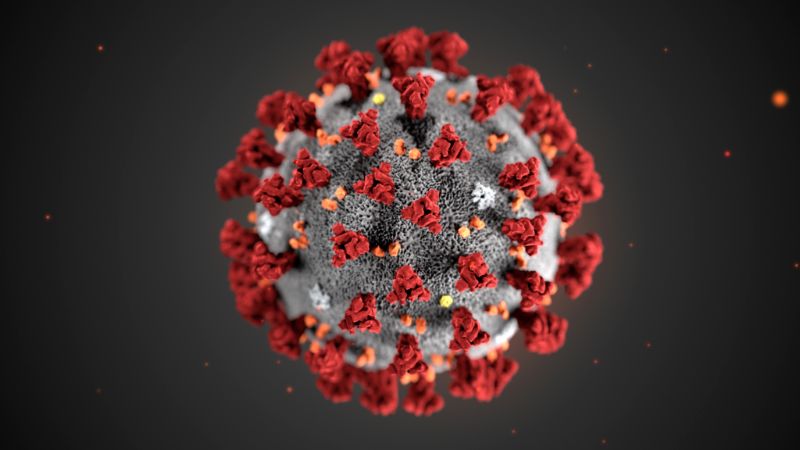New SLO County COVID-19 cases remain flat, hospitalizations down
September 4, 2021

By KAREN VELIE
The average daily number of new COVID-19 cases in San Luis Obispo County remains stable at 142, the same number it was three days ago, while the number of people hospitalized with the virus has dropped slightly from 67 to 59.
“These numbers only tell part of the story in that they do not speak to how miserable this disease is, especially for those who are severely ill and need to be hospitalized,” said Dr. Penny Borenstein, SLO County health officer. “None of us want our family, friends or neighbors to experience that, which is why we must all do our part to slow the spread: get vaccinated, wear a mask indoors, avoid crowded places, wash your hands, don’t go out if you aren’t feeling well, and get tested if you experience symptoms.”
During the past three days, 414 SLO County residents tested positive for the coronavirus with no deaths. Paso Robles leads with 99 new cases, followed by San Luis Obispo with 68, Atascadero with 57, Nipomo with 37 and Arroyo Grande with 30.
There are currently 59 SLO County residents in the hospital receiving treatment for the virus, 17 in intensive care.
As of Friday afternoon, 26,143 people in SLO County have tested positive for the virus and 284 have died.
There have been 4,408,674 positive cases, and 6,321 deaths in California.
More than 40,708,457 U.S. residents have tested positive for the virus, and 664,961 have died.
In addition, the number of people infected with the virus worldwide continues to increase: 220,903,569 cases with 4,571,517 dead.






The comments below represent the opinion of the writer and do not represent the views or policies of CalCoastNews.com. Please address the Policies, events and arguments, not the person. Constructive debate is good; mockery, taunting, and name calling is not. Comment Guidelines